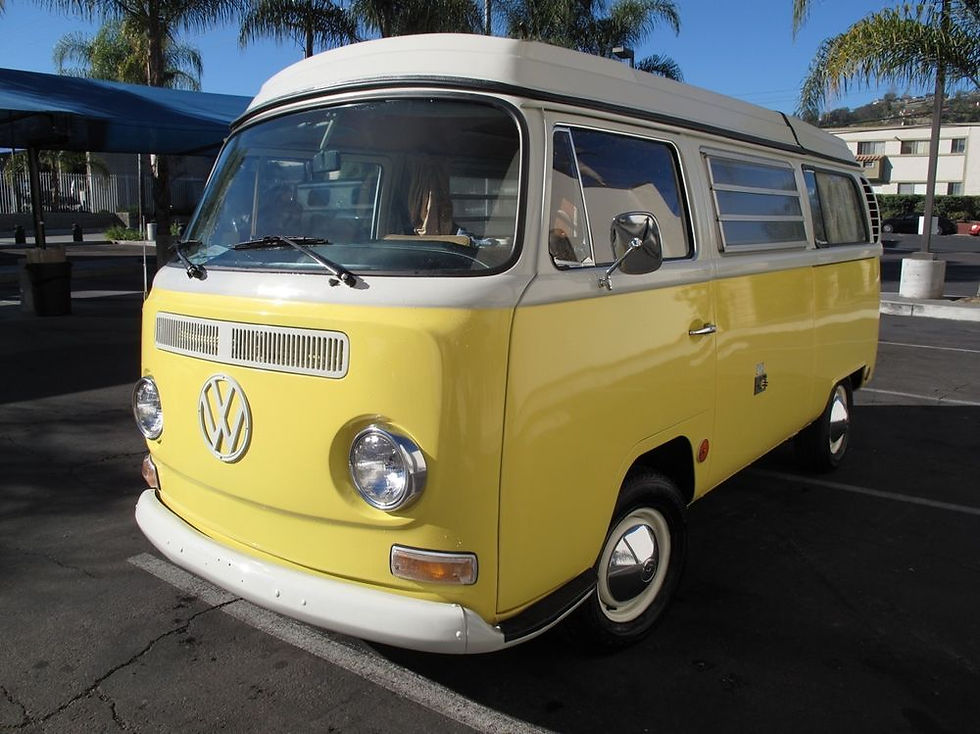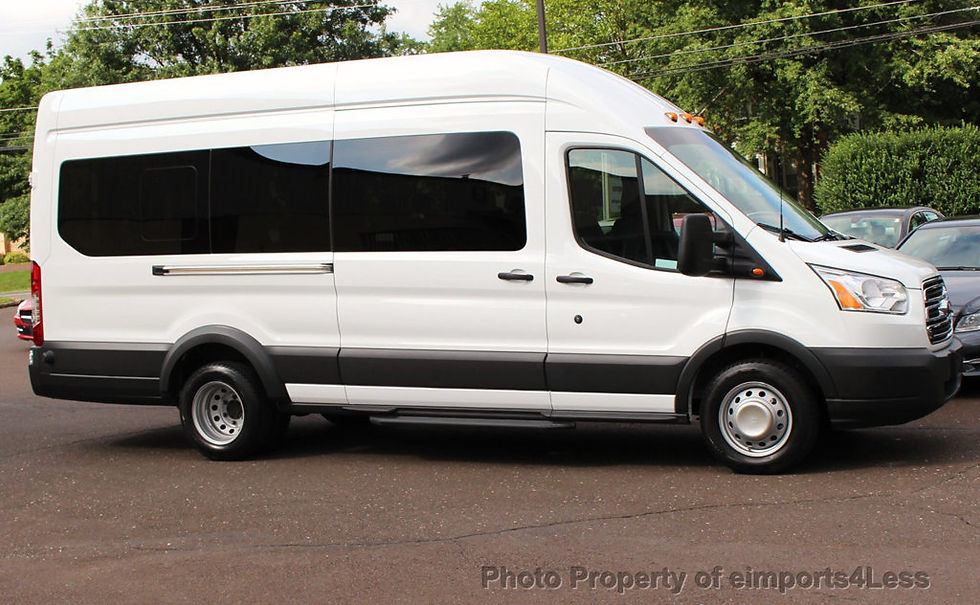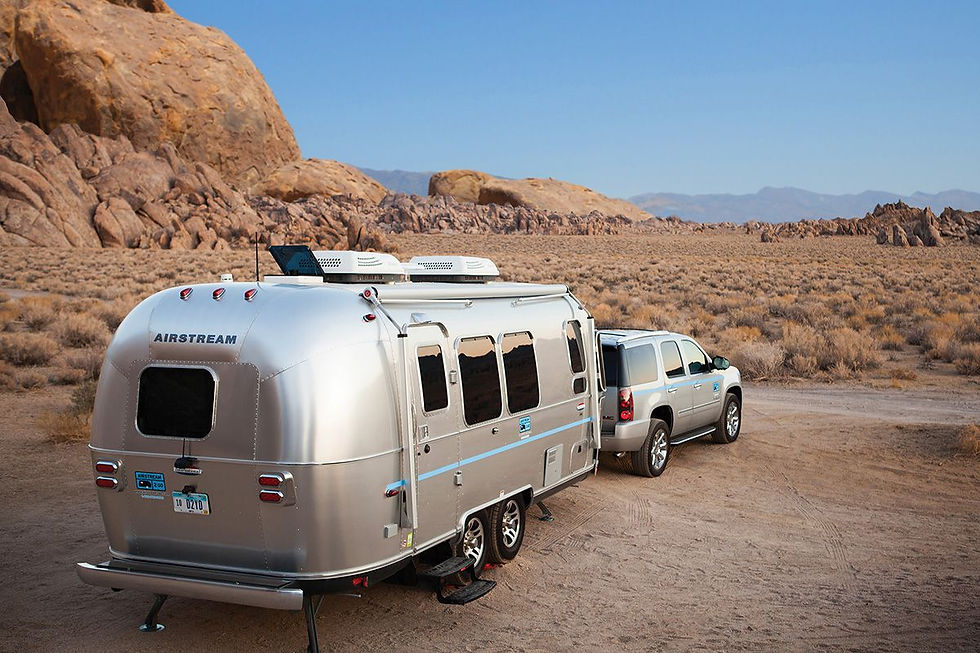Types of Vans for Van Living, Their Cost vs My Budget
- ND McCray

- Aug 5, 2019
- 3 min read
It’s getting to the point in my #vanlife journey that I’m consuming an ungodly amount of van culture every week. From pinning van ideas and van décor to my Pinterest board, to watching tons of vanlife tour videos on YouTube, to scrolling and liking every cool van or school bus conversion I see on Instagram, every day is a wonderland.
In that, I’m doing even more self-reflection about living and traveling part time in a converted van, to include stuff like “Do I want to travel solo or with a friend? Do I want a dog for protection or to combat loneliness? How much money do I want to spend on this van? (think: not a lot!)
Will I want to build out parts of the van myself, and have other parts custom built? Where will I go for shorter weekend trips from St. Louis? How will I protect myself? (Because safety is kind of a thing). Where will I park my van in the city when I'm not traveling?
As exciting as all of this is, there's a lot to think about. (as I wrote in "Preparing for Van Life, 5 Questions I Had to Ask Myself")
So, below is a list of vans I’m considering for this unique but dope lifestyle.
VW Bus:

Types: Microbus (pictured above), Vanagon camper and Eurovan
Cost: $10,000 to $30,000
Pros: Easy to fix/easy to learn how to fix; parts are becoming easier to find because of van lifers renewed interest in VWs; huge VW community; less customizing because they’re already meant to be lived in
Cons: Drives slower (I think most max out at 60mph); can’t stand up straight in them; notorious for breaking down; hard to blend in so its not easy to park and sleep in certain areas
Passenger or Cargo Van:

Types: Ford Transit, Ram Promaster and Mercedes Sprinter
Cost: For vanlife purposes between $20,000 and $50,000
Pros: Easy to convert into a livable space (can add a bed, storage, bathroom and kitchen/dining area); tall enough to stand up in; good fuel economy; can fit into most parking spots; stealthy; they are safe and secure
Cons: smaller than Class A or C RVs or a Skoolie; doesn’t get great mileage; bland exteriors; must be customized for living because most have seats and walls
Conversion Van:

Types: GMC Explorer, Chevy Ram (pictured above)
Cost: van in good condition, between $1,500 - $5,000
Pros: Already converted and move-in ready; most are inexpensive
Cons: Needs major interior updates; customization is mandatory for comfort and convenience; high mileage
RVs:

Types: Motorhomes, Airstreams (pictured above) and pop-up tent trailers
Cost: Varies from $10,000 for a travel trailer, to $300,000 for a high-tech, fully loaded RV
Pros: You can find a good deal most anywhere because a lot of RVs are used sporadically, like during holiday and vacations only; they have low mileage; lots of space and storage; built by professionals so shower, toilet; plumbing, insulation, stove, etc. is already done.
Cons: Bad fuel economy, hard to park and drive in major cities, limited access to some campgrounds; and they’re not cool as vans; gives that retiree vibe
School Bus or Skoolie:

Types: Type A bus or short bus; type D or ‘transit-style’ school bus (pictured above)
Cost: $5,000 to $30,000
Pros: Lots of space and storage; safe, durable frame (I mean they are meant to carry tons of bodies); the customization factor is infinite
Cons: Can be hard to drive on city streets or to find parking; insurance and registration can be difficult to obtain; and you stick out like a sore thumb so finding places to sleep at night may be hard
Bottom line: At the end of the day – low cost, a good amount of space and storage as well as being able to stand up straight will most likely determine which van I choose.




Commenti